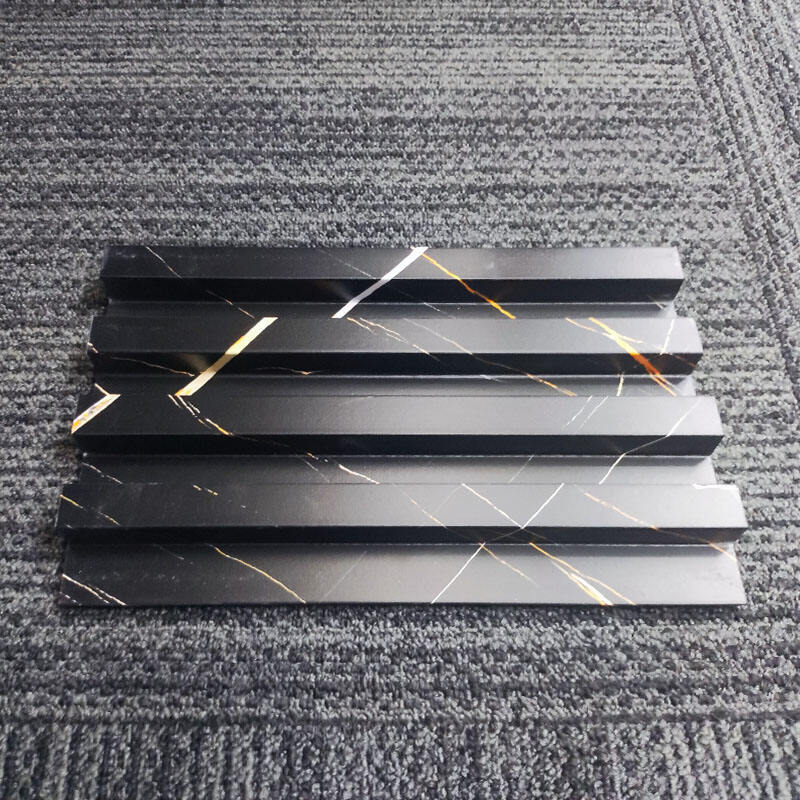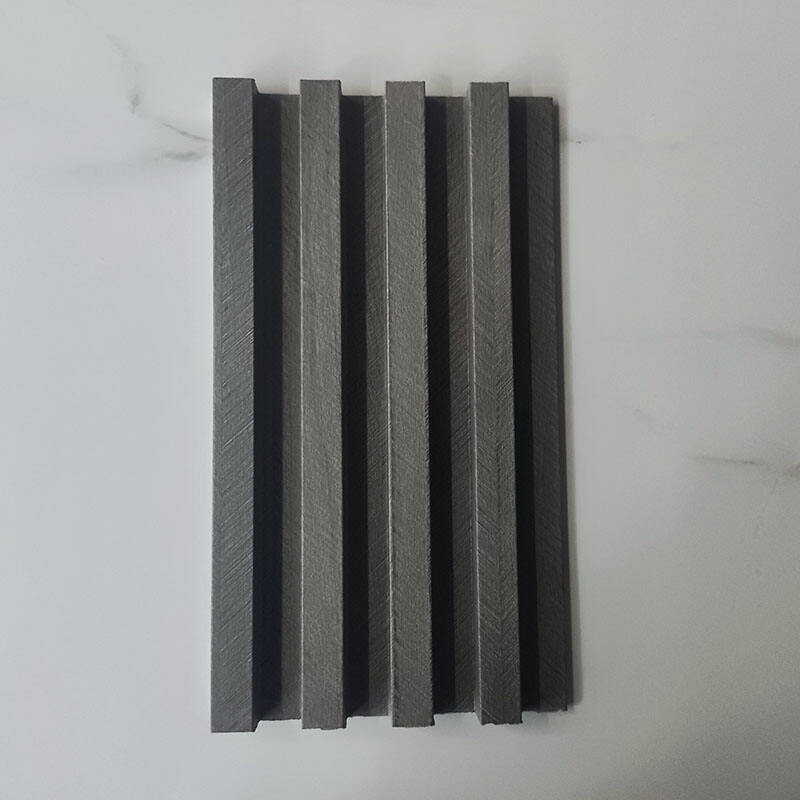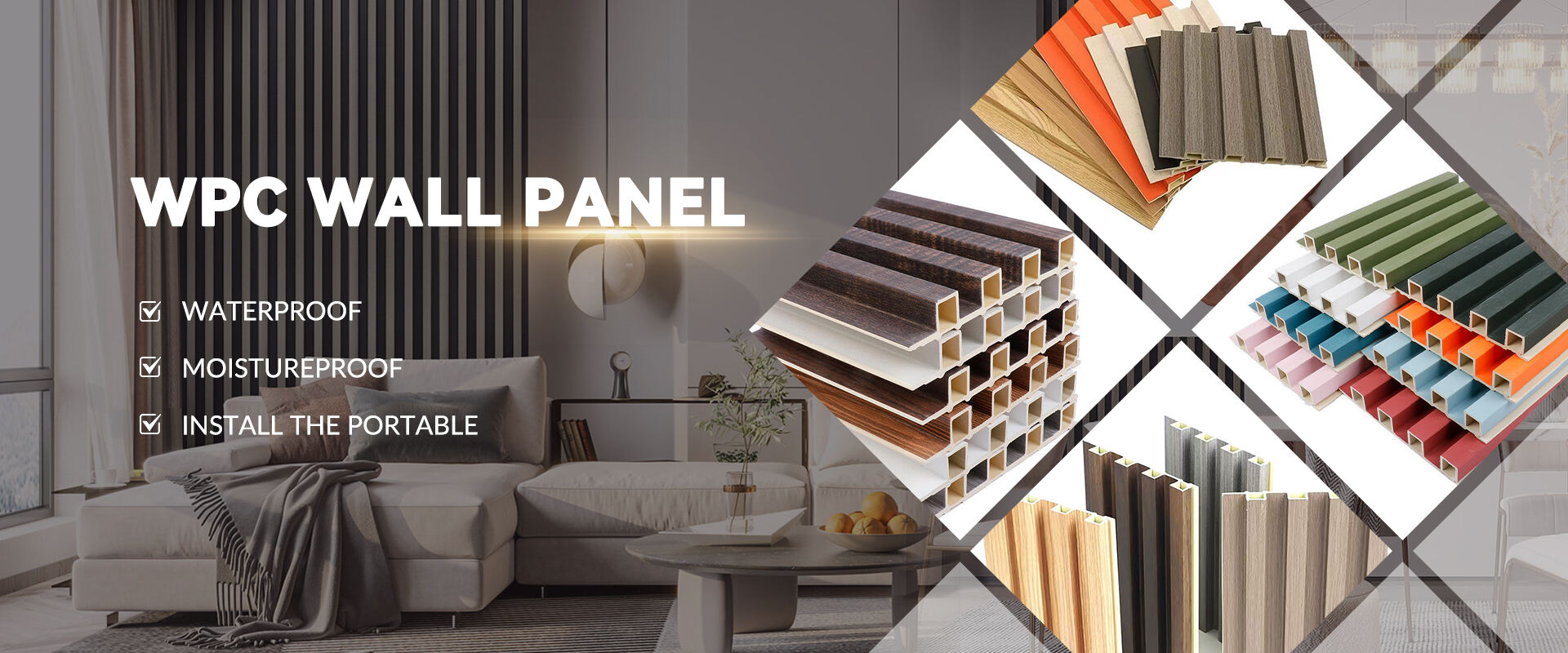Daily Maintenance Practices for Wood Panels
Dusting Techniques to Preserve Wood Grain
Keeping those beautiful wood grains looking good on decorative wall panels takes some care when dusting. A soft cloth or microfiber duster works best for this job since anything rough might scratch the surface. Dust gets removed pretty well with these materials, and they won't mess up the natural feel of the panel either. Getting into a routine makes all the difference too. Some folks dust every day, others go weekly, but regular attention stops dust from building up and dulling that lovely wood shine. If conditions are really dusty, sometimes a slightly damp cloth does wonders. The moisture grabs onto dust better than dry cloth alone. And don't forget about those hard to reach spots. Extendable dusters come in handy there, letting someone clean without climbing around or straining their back.
Vacuuming Without Damaging Paneling
Vacuuming wood panels properly means getting the right gear and knowing what works best for these surfaces. Look for vacuums that come with those gentle brush attachments rather than the stiff ones that scratch easily when dragged across wood finishes. Set the suction power down to low and keep the nozzle about half an inch away from the panels so there's no direct pressure against them. Stay clear of any models with beaters or rotating brushes since those tend to wear down the protective coating on most wood products. Dust builds up fast in corners and along edges, so weekly maintenance makes sense here. A good cleaning routine keeps everything looking fresh without wearing out the material prematurely, something homeowners notice especially during seasonal changes when indoor humidity fluctuates quite a bit.
Proper Cleaning Techniques for Wood Paneling
Gentle Washing Solutions for Wood Surfaces
For cleaning wood paneling, mix together a mild soap solution by combining just a couple drops of biodegradable dish soap with warm water. The resulting mixture works well for getting rid of grime without messing up the wood's finish or causing damage over time. Always check first though! Try the solution on a tiny spot somewhere nobody will notice, maybe behind a piece of furniture or under a shelf. I learned this the hard way when my old kitchen had some unexpected reactions to certain cleaners. When ready to clean, grab a soft sponge or cloth instead of anything abrasive. This helps get those stubborn spots out while keeping water from working its way between the panels where it can cause real problems later. Once done with the cleaning part, go over everything again with a slightly wet cloth to rinse away any leftover soap residue. Then dry thoroughly as soon as possible to prevent moisture buildup that might warp the wood eventually.

Drying Methods to Prevent Water Damage
Getting the drying right is really important if we want to keep wood paneling from getting damaged by water. Once cleaned, grab a soft cloth and wipe those surfaces down fast to get rid of leftover dampness. Letting fresh air circulate matters too. Open some windows or turn on a fan so everything dries evenly without losing that nice wood look. Want extra protection against moisture? A dehumidifier works wonders for keeping things dry long term. Stay away from heat tools like hairdryers though. They might seem handy but they actually warp the wood panels instead of protecting them, messing up both structure and appearance. Checking moisture levels regularly makes all the difference when it comes to making sure these wood panels last through many seasons.
Preserving Natural Wood Grain Integrity
Applying Protective Oils and Finishes
Keeping wood panels in good shape means applying protective oils like tung oil or linseed oil on a regular basis. These natural products actually feed the wood while bringing out those beautiful grain patterns and giving it that nice little shine without being too flashy. When putting on the oil, grab a soft cloth and move in circles rather than straight lines. Doing this helps spread the oil evenly so it gets absorbed properly into the wood surface instead of just sitting on top. Let whatever oil remains sit for however long the instructions say, then go back over it with another clean cloth to remove what didn't get soaked in. The wood looks better when there's no gunk left behind. For ongoing care, remember to put fresh oil on every couple of months or so. Regular oiling keeps the panels looking lively and stops them from getting dry and cracked over time, which definitely extends how long they'll last before needing replacement.
Avoiding Harsh Chemicals on Wood Surfaces
Cleaning wood panels means staying away from strong stuff like bleach or ammonia cleaners at all costs. These products literally eat away at the natural oils and protective finishes that keep wood looking good. The better approach? Grab some eco friendly cleaners made specifically for wood surfaces. They actually work to maintain what makes wood special instead of destroying it. Take a moment to read those product labels too. Skip anything with artificial scents or colors since these tend to mess with the wood coloration and sometimes leave behind weird spots. And don't forget to look up what the panel maker suggests for care instructions either. Following these basic rules helps keep those gorgeous wood grains visible year after year while maintaining that rich appearance and lasting quality we all want from our home decor investments.
Maintaining Different Types of Decorative Wood Panels
Caring for 3D Wall Panels and Textured Surfaces
Taking care of 3D wall panels needs some special attention because of those textured surfaces everyone loves. Start by grabbing a vacuum cleaner with a soft brush attachment. This works wonders at picking up dust without messing around with the detailed patterns on the panels. Dust tends to hide in those little grooves over time, which can really dull down how nice they look. Don't reach for regular liquid cleaners since they tend to get stuck in the textures. Better options include dry cleaning methods or products specifically made for textured walls. Keep an eye out during routine checks for any scratches or chips developing. Catching problems early means we can fix them before they ruin both the appearance and performance of these decorative panels.
Special Considerations for Soundproof Panels
To keep soundproof panels working properly, they need regular care and attention. Water is actually one of the biggest problems for these panels because when they get damp, their ability to block out noise drops dramatically. That's why keeping them dry should be a top concern for anyone who wants good sound control. Look over the panels periodically for signs of wear and tear. Cracks or broken sections will let sound pass through where it shouldn't. Cleaning requires special attention too. Stick to soft cloths or cleaners made specifically for acoustic materials rather than whatever household cleaner happens to be handy. Regular maintenance isn't just about performance either. Well cared for panels look better over time and maintain their appearance much longer than neglected ones.
Maintaining Decorative Wall Panel Details
Decorative wall panels featuring intricate designs really need some TLC to keep those fine details looking good. For cleaning those carved patterns and ornate designs, grab a soft brush instead of anything abrasive that could scratch or wear away at the artwork. Harsh scrubbing or rough cloths will definitely ruin what makes these panels special. A good quality wood wax or furniture polish works wonders on most decorative surfaces, making them look shiny fresh while also creating a protective layer against everyday wear and tear. Check these panels every now and then for spots where the finish has worn off or where paint might be peeling around edges. Fixing small problems before they get worse keeps the whole panel looking intact and beautiful. With regular maintenance, these fancy wall decorations stay attractive for years rather than just a season or two.

Preventing and Repairing Common Wood Panel Damage
Controlling Humidity Levels in Panel Rooms
Keeping humidity at good levels really matters when it comes to protecting wood panels since too much moisture in the air can warp them, crack them open, or just generally mess things up. Most experts say somewhere around 30 to 50 percent humidity works best inside homes. For anyone serious about monitoring these levels, getting a decent hygrometer makes sense. These devices let people actually see what their indoor climate is doing day to day. When conditions get too dry or too moist, running either a humidifier or dehumidifier helps bring things back into balance. Another thing worth remembering is placing wooden items away from heating vents or radiators where they might dry out unevenly. This simple step goes a long way toward creating stable conditions that wood panels need to stay looking nice over time.
Addressing Scratches and Surface Imperfections
Wood panels get scratched up pretty easily, and those little marks really start to show after a while. When dealing with small nicks and scrapes, grabbing a furniture touch up marker that's close enough to the original wood tone works wonders most of the time. Just match it as best as possible and blend it in carefully. But when we're talking about deep gouges or serious damage where the grain is actually exposed, that's usually when calling in a pro makes sense. Nobody wants to spend hours trying to fix something themselves only to mess it up worse. Checking on these panels every now and then means catching problems early before they become big headaches later on, which keeps those beautiful wood surfaces looking good for years instead of just months.

